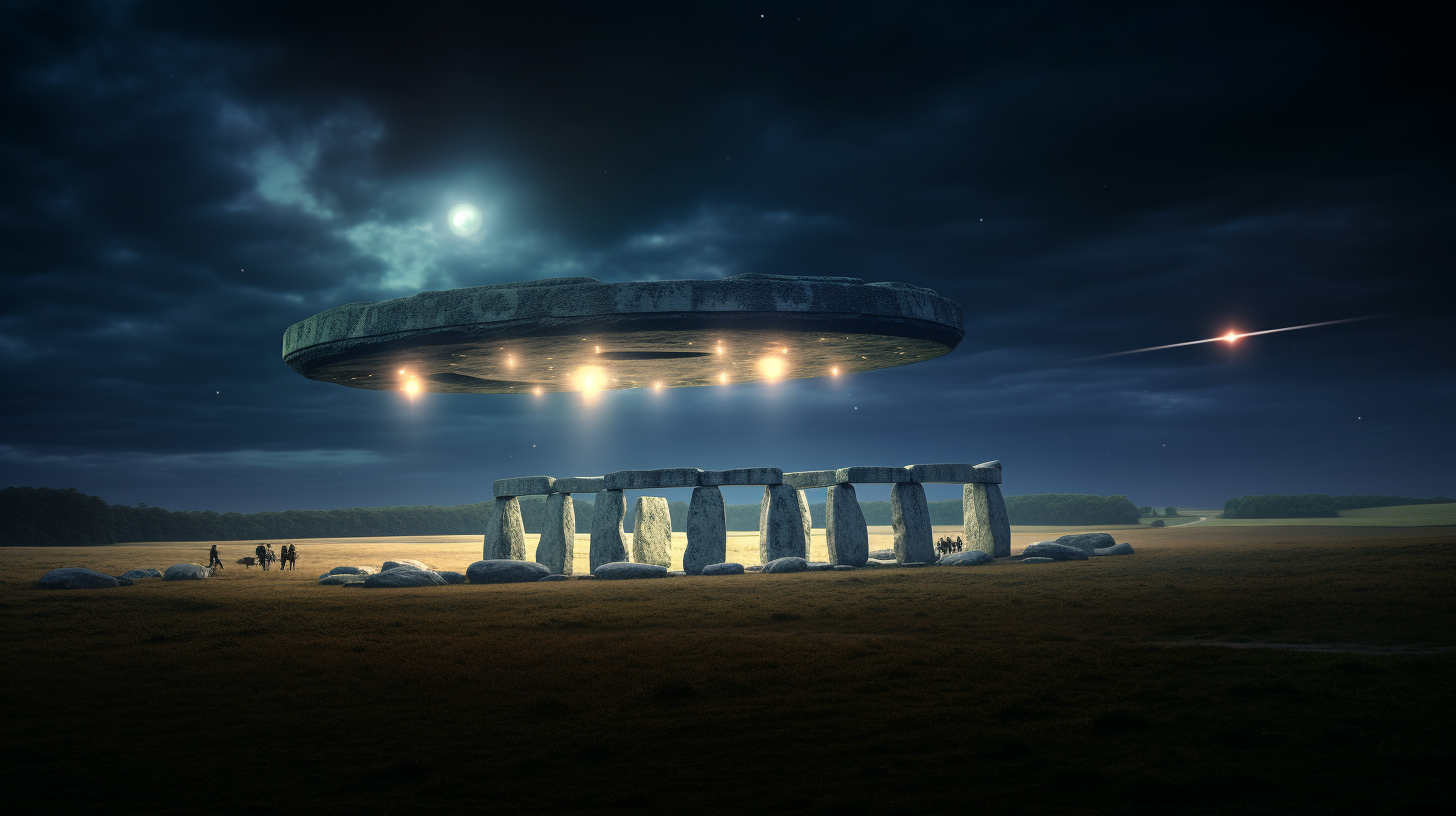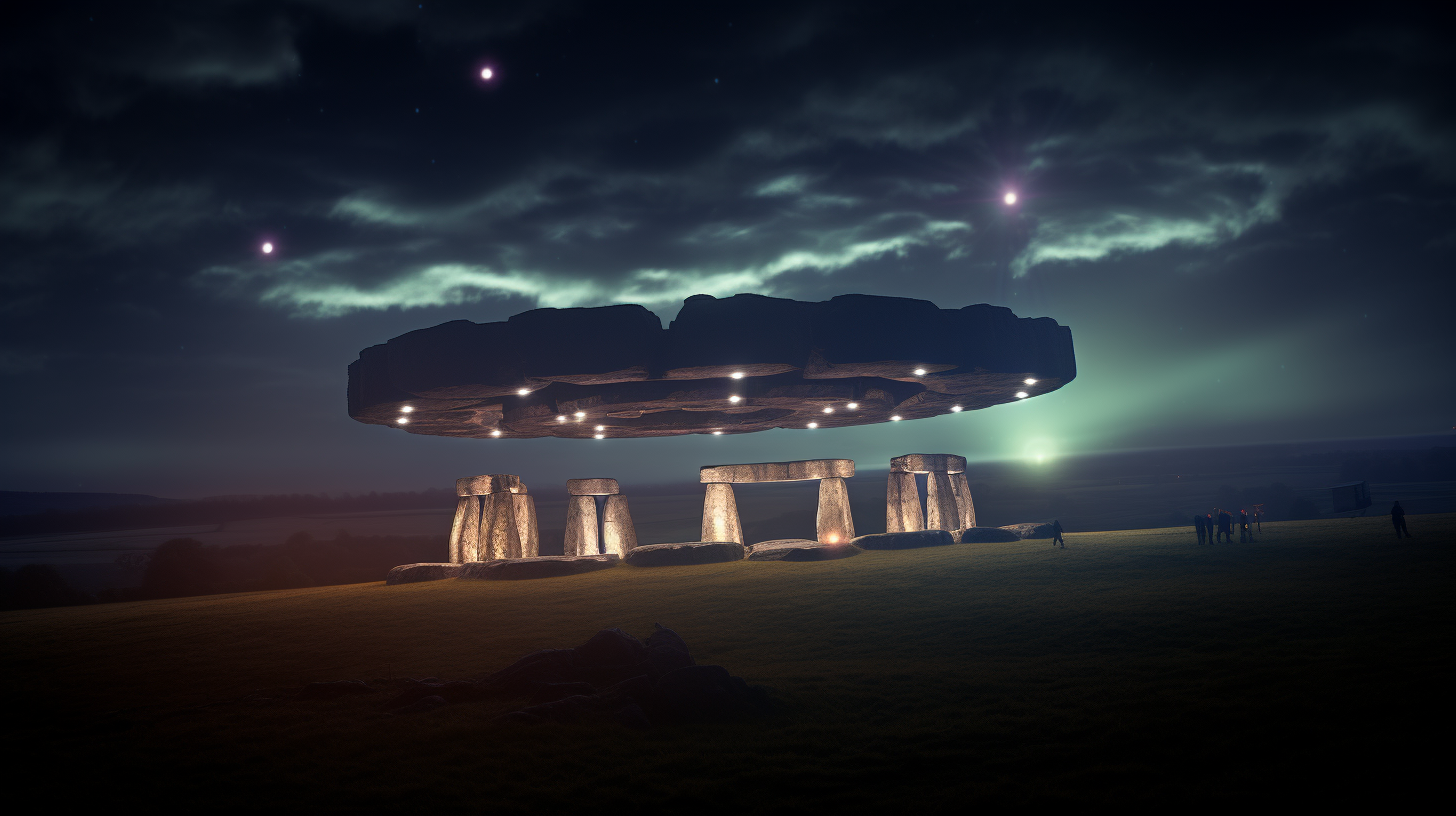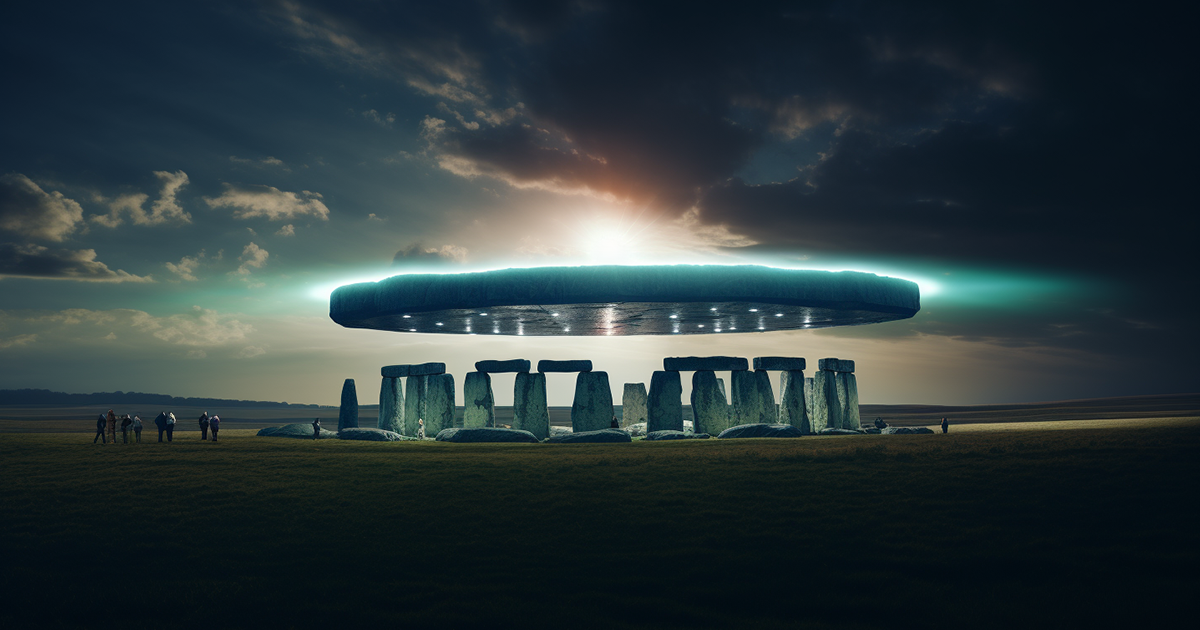The enduring puzzle that is Stonehenge, a circle of imposing stones, continues to intrigue and fascinate inquisitive minds globally. Found on Salisbury Plain in England, this ancient structure stands as a lasting homage to the brilliance of our ancestors.
Over time, scholars, archaeologists, and enthusiasts have marveled at the audacious construction and pondered the purpose behind it. Instead of indulging in theories involving aliens or wild conspiracies, can we propose a more down-to-earth interpretation of Stonehenge’s importance and creation?
When we contemplate the formidable task of erecting those colossal stones, it’s only natural to wonder how ancient civilizations accomplished such a feat without modern technology.
These stones, some as heavy as adult humpback whales, were quarried many miles away and then transported to the site. There were no wheels, no large beasts for labor, and certainly no easy endeavor for the builders.
One hypothesis suggests the use of wooden sleds or rollers crafted from tree trunks. However, the mystery deepens when we consider the blue stones sourced from the remote Preseli Mountains, a staggering 140 miles away from Stonehenge.

The logistics of moving these stones across vast distances with primitive tools are mind-boggling.
The intricate craftsmanship adds another layer of complexity. Shaping the stones with basic bronze tools, using antler picks and stone implements to carve out spaces, was essential to ensuring the stones stood upright and secure. By employing a tongue-and-groove system commonly found in carpentry, the builders fit the upright stones with the lintels.
Let’s steer clear of speculative notions involving extraterrestrial assistance, as some have suggested. Instead, let’s explore a fresh perspective on the purpose and construction of Stonehenge that acknowledges the resourcefulness and intelligence of our ancient predecessors.
A recent study by Michael Goff puts forward an intriguing theory that shifts the focus away from aliens and towards a more plausible explanation rooted in human ingenuity. Goff’s theory delves into the mechanics and purpose of Stonehenge, shedding light on its potential as an ancient timekeeping device.
By reconstructing the monument to its original form, Goff reveals that Stonehenge’s outer circle initially comprised 30 sarson pillars, each accompanied by connecting lintel stones.
The alignment of these stones with the four cardinal points — north, south, east, and west — is a critical aspect. Sunlight strategically passes through the stones, creating intricate patterns of light and shadow.

Stonehenge has long served as a marker of the annual solstices, emphasizing its connection to the changing seasons. However, Goff’s insight goes further. He proposes that Stonehenge, with added components like small markers, could have acted as a daily sundial, tracking the time of day throughout the year.
This innovative concept raises questions about how ancient people calibrated their clock. Goff speculates that they might have utilized a specific constellation, the Southern Cross, which would have been prominently visible on the horizon during that time.
Each year, when the Southern Cross perfectly aligned with Stonehenge’s southern opening, they could move the markers to recalibrate their clock.
Support for Goff’s theory gains further strength with the discovery of a dismantled Stone Circle, known as the Wine Mon Stones, in Wales. Researchers found a stone chip at this site that precisely matched one of the stones at Stonehenge, known as Stone 62.
This discovery suggests that these stones were originally part of a larger circle, potentially providing more evidence for the theory that Stonehenge functioned as a sophisticated timekeeping device.
However, while these findings are compelling, we must remember that correlation does not equal causation. Despite Goff’s theory aligning well with the available evidence, it’s crucial to maintain a healthy skepticism and acknowledge that the mystery of Stonehenge may always remain partially unsolved.
Video:
As we continue to unravel the mysteries of our past, Stonehenge stands as a symbol of human curiosity and resilience. While we may not definitively understand why or how it was built, we can appreciate the ingenious spirit of our ancestors who left us this enduring monument for reflection and admiration.
In essence, Stonehenge remains a remarkable testament to the capabilities of ancient civilizations, without the need for alien intervention or extravagant conspiracy theories.
